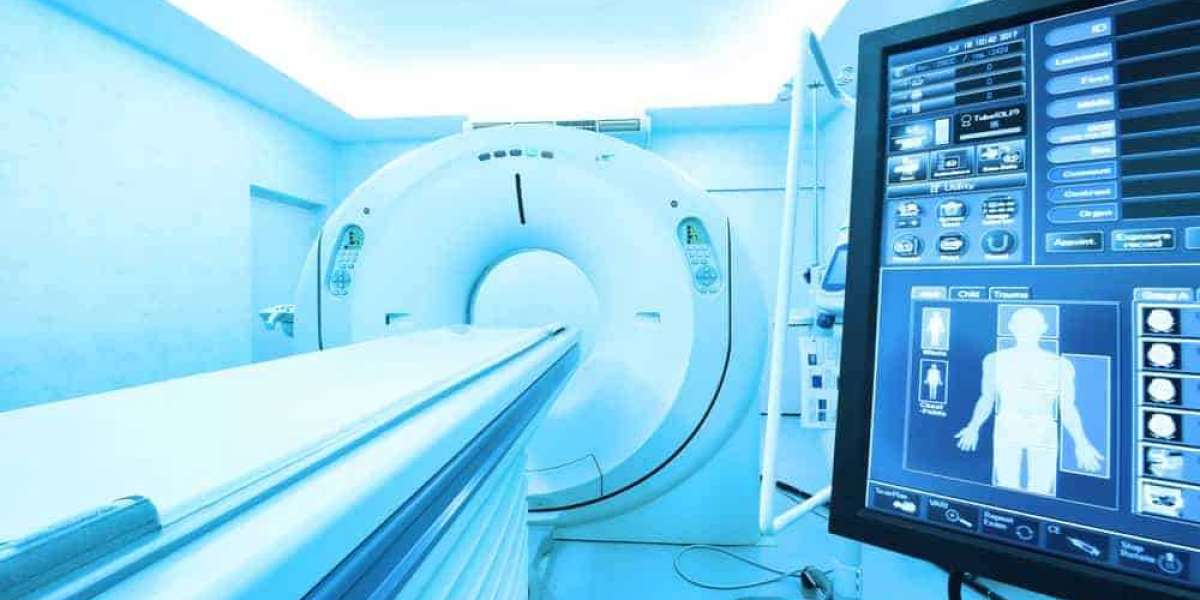Diagnostic health imaging technology has significantly influenced healthcare, enabling earlier diagnosis of medical conditions, reducing the necessity for unnecessary invasive exploratory procedures, and resulting in significantly improved patient outcomes. In reality, diagnostic imaging refers to a variety of methods for looking inside the body in order to ascertain the true cause of an ailment or injury and to confirm a diagnosis.
Physicians can identify any signs of a health condition in your body as a result of diagnostic imaging. Images of the structures and activities inside your body can be produced using certain devices and techniques. The medical imaging tests that will be administered will be determined by your physician in accordance with the body part under evaluation and your symptoms.
A substantial portion of imaging tests are noninvasive, harmless, and simple. However, some machines necessitate prolonged periods of inactivity inside, which may be somewhat inconvenient. The doctor will insert a thin, long tube containing a small camera into your body for other imaging tests.
It is important to be aware of the various types of diagnostic imaging. MRI scans are one such variety. An image of the patient's body is obtained using a powerful magnet, rather than radiation, in these scans.
It is important to bear in mind that there are four distinct types of MRI machines: true open, closed, 3T, and wide bore. For a variety of reasons, your doctor may advise an MRI scan. They can use it to look at things like breast issues to screen for cancer, suspected uterine anomalies, abdominal or liver diseases, and much more because it offers them an incredibly detailed look inside your body.
The MRA scan is another prevalent diagnostic imaging technique. Magnetic resonance angiogram, also known as MRA, is a diagnostic procedure that offers extremely detailed images of the blood vessels in the body. The MRA obtains information that CT scans, ultrasounds, or x-rays never do by employing radio wave energy pulses and a magnetic field.
Both patients and physicians can benefit from magnetic resonance imaging (MRI) scans, which are used to diagnose health conditions. In numerous instances, an MRA scan can identify information that is not detected by x-rays, ultrasounds, or CT scans. Furthermore, MRA scans are non-invasive and do not involve radiation, in contrast to CT scans and X-rays.
In summary, an MRA scan is a diagnostic instrument that is beneficial for identifying potential issues within the blood vessels.
Поиск
популярные посты








